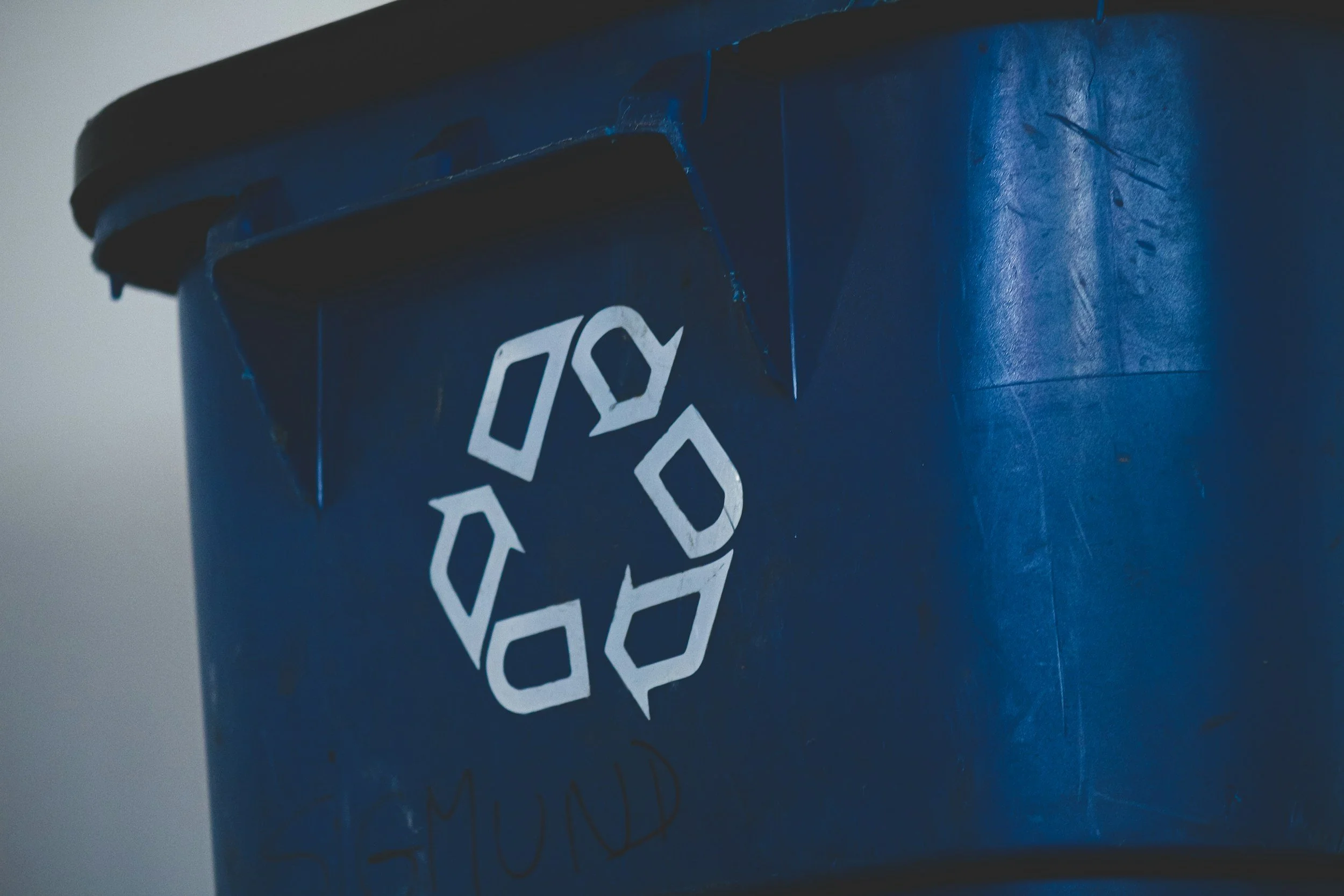By: Robert Proudfoot, Staff Member
In what may have been obvious decades earlier, states and municipalities throughout the United States are struggling with whether they should use rock salt or other chemical de-icing agents to prevent snow and ice build up on roadways. Environmental groups have pushed state and federal agencies to limit salt use during winter months because studies have shown that salt can pollute water systems.[1] This policy debate has raised legal questions about whether a state has an obligation to provide safe and clear roadways during the winter and also whether the environmental contamination caused by rock salt should be avoided by public authorities.[2]
Environmental activists have pushed to ban or seriously limit salt use on roadways for years.[3] Studies have shown that the road salt can leave pollutants in the surrounding ground and water supply.[4] Road salt, usually comprised of sodium (Na) and Chlorine (Cl), can easily pollute surrounding watersheds, vegetation, animals, and human drinking water.[5] States and municipalities are very concerned about the high toxicity of chlorine, which easily separates from sodium once it is introduced into the environment. The United States Environmental Protection Agency has also set limits for sodium and chlorine content in water supplies.[6] Recent studies have also argued that other more expensive deicers are usually cheaper to use when all the hidden environmental and secondary effects of road salt are taken into consideration.[7] Road salt is highly corrosive and, if it is not removed, can cause long-term damage to automobiles.
Currently, environmental groups have pushed to ban salt use completely while trade associations for the salt industry[8] are still advocating for salt use on roadways. Most academics agree that road salt should be used more sparingly to limit the environmental and corrosive impact but it should still be included in a state or municipality's deicing regimen because of its cheap cost and effectiveness.[9]
By not using salt to clear roadways, this can create disconnect for travelers from out of state that have different expectations for how roads should be cleared. For example, the state of Oregon has started using salt as part of two pilot programs on federal interstates because the driving conditions between western states can vary greatly.[10] Dave Thompson, a spokesperson for Oregon's Transportation Department explains: "The effects can be stark... clear driving in California, Nevada and Idaho, only to hit packed snow and be forced to chain up in Oregon. That leads to traffic delays and, in some cases, crashes..."[11] It is unclear whether states like Oregon will eventually increase their salt use or whether other states will ban salt use in favor of other deicers; only time will tell which approach will eventually win out.
If a state or municipality has an official policy of not salting roadways, then what is the duty for property owners or a state agency to prevent injuries and accidents on publicly accessible roadways? The city of Portland, Oregon is a great example of how environmental and public safety concerns can directly conflict. The municipal government does not use rock salt to clear snow and ice from roadways because of its highly corrosive nature and environmental concerns.[12] However, the city's municipal code states that "property owner(s) and/or occupant(s) shall be liable for any and all damages to any person who is injured or otherwise suffers damage resulting from failure to remove snow and/or ice accumulations."[13] So, do property owners have a duty to use salt even though the city does not? The answer to this question has varied greatly through each state's tort law.[14] Maine and Massachusetts are moving to a "normal premises liability" model which requires that the property owner use reasonable care to maintain the property in a reasonably safe condition.[15]
The generally accepted standard of applying road salt to clear roads and sidewalks is changing because of environmental concerns and less corrosive deicers. This will impact state and municipal approaches to deicing roads. At the same time, states such as Oregon which previously banned road salt are finding that other alternatives are not as safe or effective. The policy of using road salt during the winter is in flux and these changes to government policy could modify the duty of care for property owners.
_______________________
[1] V.R. Kelly, et al.
, Road Salt: Moving Toward the Solution
,
Cary Institute for Ecosystem Studies
(Dec. 2010), http://www.caryinstitute.org/sites/default/files/public/reprints/report_road_salt_2010.pdf.
[2]
Id.
;
See
Brian Lessels & Dave Owens,
Potential Legal Liabilities for Salt Use Reduction
(Nov. 2012), http://lawprofessors.typepad.com/files/salt-reduction-liabilities-white-paper.pdf.
[3] Kristine Bradof,
The Deicing Debate: Will It Ever Be Put On Ice?
,
The Center for Science & Environmental Outreach
(Jan. 1994), http://cseo.mtu.edu/community/publications/wellspring/deicingdebate.html.
[4]
Environmental, Health, and Economic Impacts of Road Salt
,
New Hampshire Department of Environmental Services,
http://des.nh.gov/organization/divisions/water/wmb/was/salt-reduction-initiative/impacts.htm (last visited Dec.31, 2012).
[5]
Id.
[6]
See
William Wegner & Marc Yaggi,
Environmental Impacts of Road Salt and Alternatives in the New York City Watershed
,
Stormwater: The Journal for Surface Water Quality Professionals,
http://www.newyorkwater.org/downloadedarticles/environmentalimpact.cfm (last visited Jan. 1, 2013). (250mg of chlorine per liter and 20mg of sodium per liter)
[7] Daniel Kelting & Corey Laxson,
Review of Effects and Costs of Road De-icing with Recommendations for Winter Road Management in the Adirondack Park
,
Adirondack Watershed Institute
(Feb. 2010), http://www.adkaction.org/files/public/Full_Study_Salt.pdf.
[8]
Road Salt & Our Environment
,
Salt Institute,
http://www.saltinstitute.org/Issues-in-focus/Road-salt/Road-salt-our-environment (last visited Dec. 31, 2012).
[9] Jonathan Rubin, et al
., Maine Winter Roads: Salt, Safety, Environment, and Cost
,
Margaret Chase Smith Policy Center, The University of Maine
(Feb. 2010), http://mcspolicycenter.umaine.edu/files/pdf/Winter%20Road%20Maine%20Final.pdf.
[10] Harry Esteve,
ODOT plans to use salt for first time to clear snow from two Oregon highways
,
The Oregonian
(Oct. 26, 2012), http://www.oregonlive.com/politics/index.ssf/2012/10/odot_plans_to_use_salt_for_fir.html.
[11]
Id.
[12]
Snow and Ice Plan: Why Not Salt?
,
City of Portland: Bureau of Transportation,
http://www.portlandoregon.gov/transportation/article/376538 (last visited Dec. 31, 2012).
[13]
Property Owner Responsible for Snow and Ice on Sidewalks
, Title 17, §28.025(B), Portland City Code,
available at
http://www.portlandonline.com/auditor/index.cfm?&a=19574&c=28857.
[14]
See
Gregory Sarno,
Liability for Injuries in Connection with Ice and Snow on Nonresidential Premises
, 95 A.L.R.3d 15 (Fifty states survey of property owner liability for snow and ice accidents); Lessels,
supra
note 2, at 6.
[15] Lessels,
supra
note 2, at 7.














